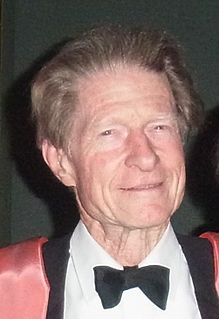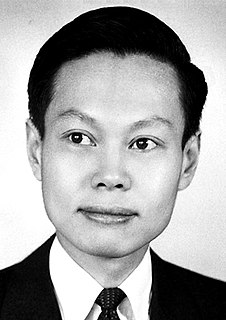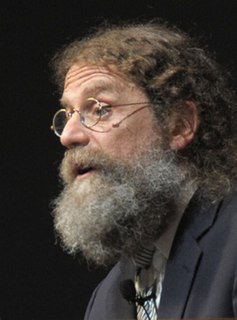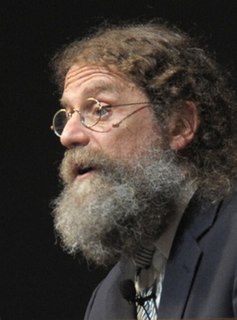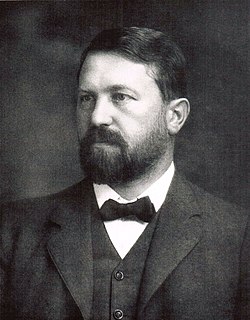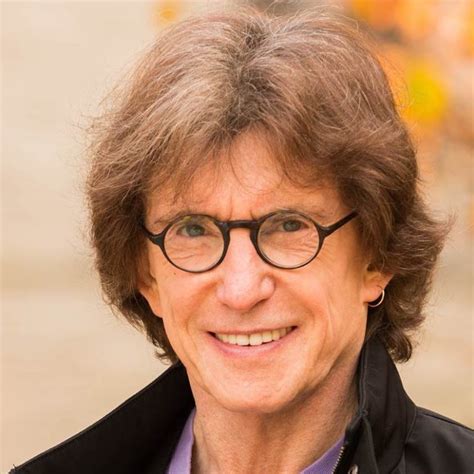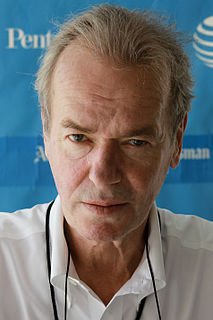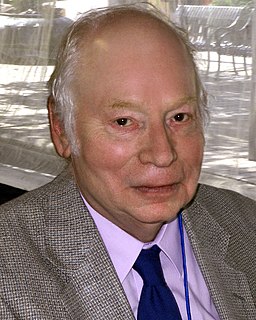A Quote by John Gurdon
Nuclear transplantation is a technique that has enormously facilitated the analysis of these interactions between nucleus and cytoplasm.
Related Quotes
For example, most mammals are either monogamous or polygamous. But as every poet or divorce attorney will tell you, humans are confused - After all, we have monogamy, polygamy, polyandry, celibacy, and so on. In terms of the most unique thing we do socially, my vote goes to something we invented alongside cities - we have lots of anonymous interactions and interactions with strangers. That has shaped us enormously.
For it is not cell nuclei, not even individual chromosomes, but certain parts of certain chromosomes from certain cells that must be isolated and collected in enormous quantities for analysis; that would be the precondition for placing the chemist in such a position as would allow him to analyse [the hereditary material] more minutely than [can] the morphologists ... For the morphology of the nucleus has reference at the very least to the gearing of the clock, but at best the chemistry of the nucleus refers only to the metal from which the gears are formed.
What is the only provocation that could bring about the use of nuclear weapons? Nuclear weapons. What is the priority target for nuclear weapons? Nuclear weapons. What is the only established defense against nuclear weapons? Nuclear weapons. How do we prevent the use of nuclear weapons? By threatening to use nuclear weapons. And we can't get rid of nuclear weapons, because of nuclear weapons. The intransigence, it seems, is a function of the weapons themselves.
